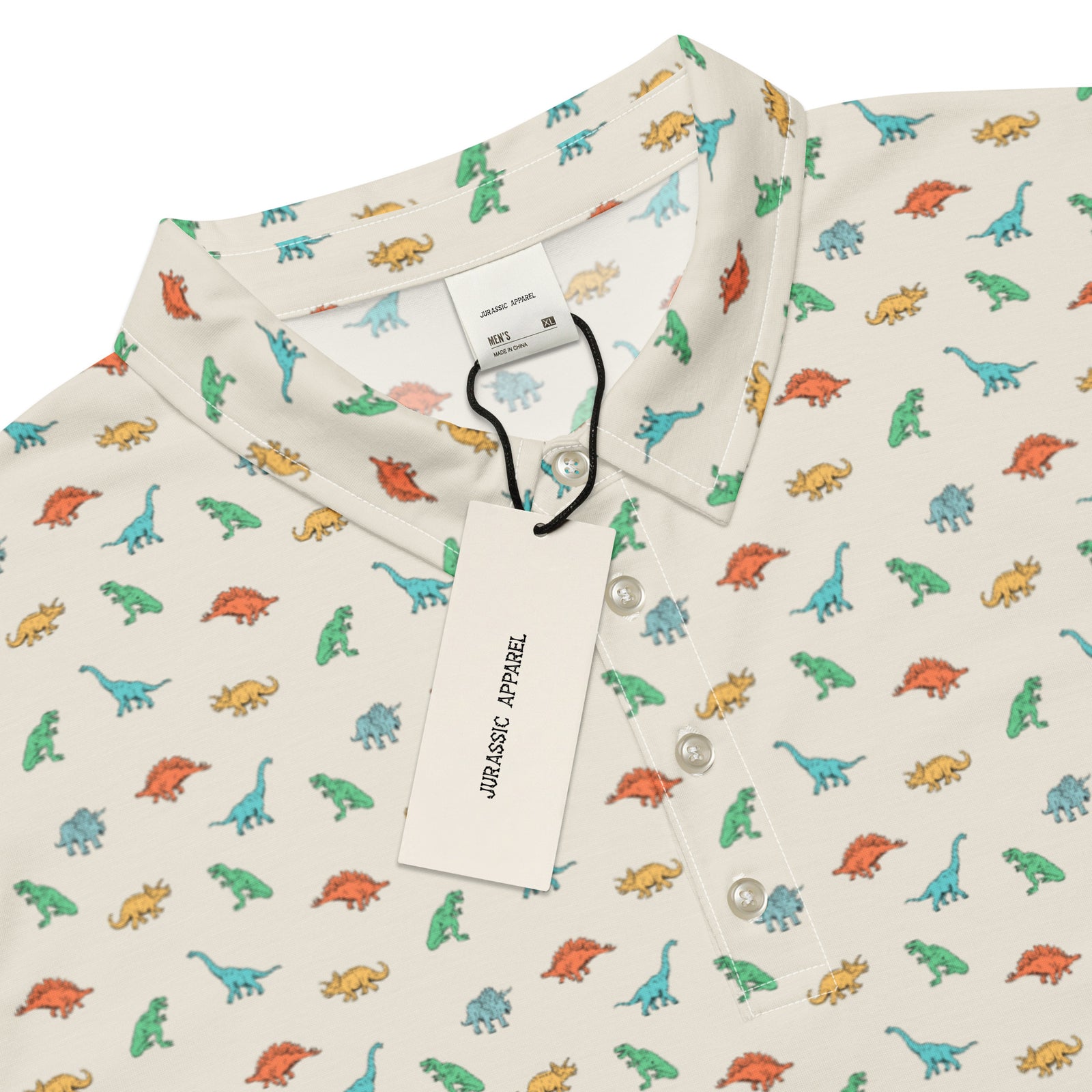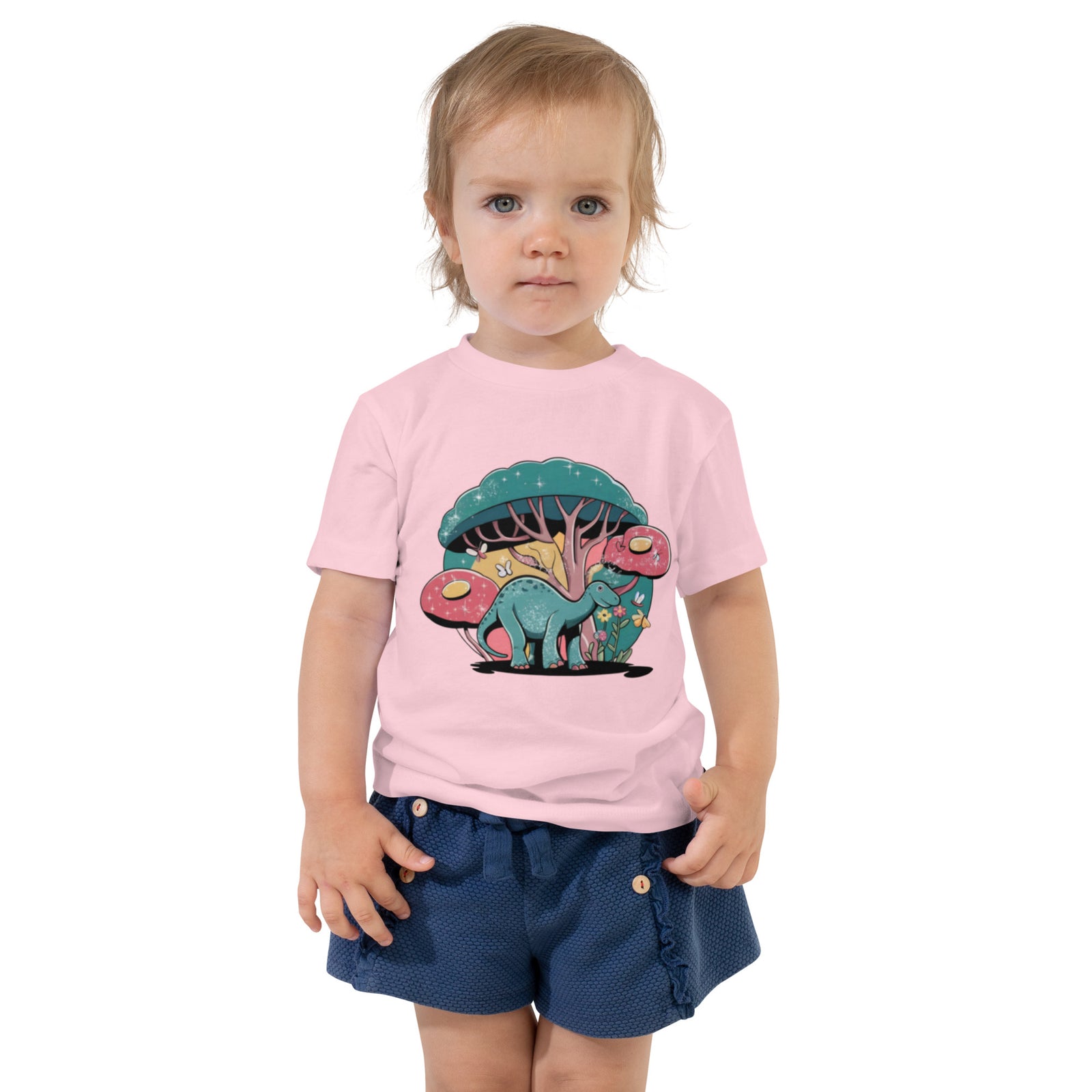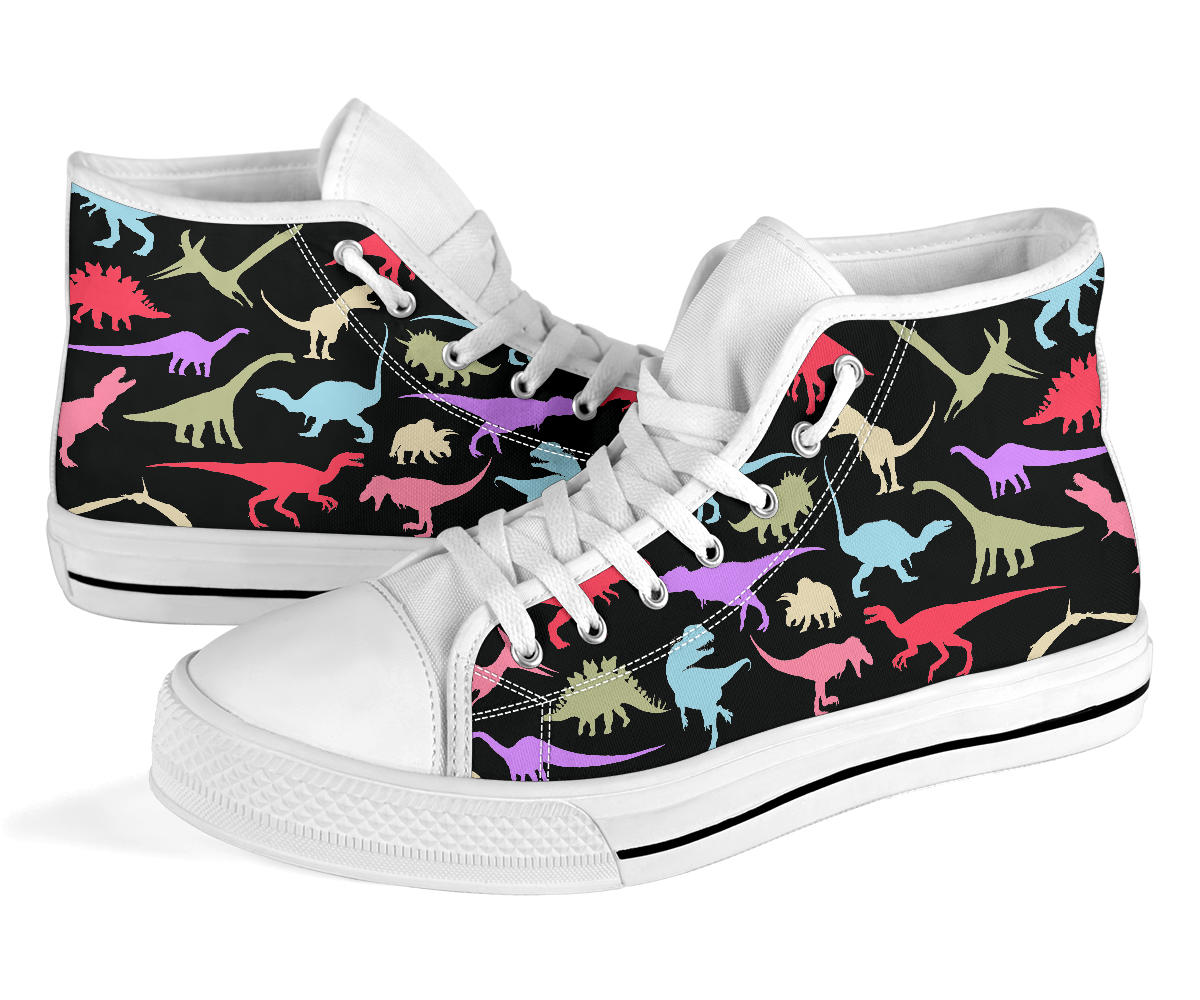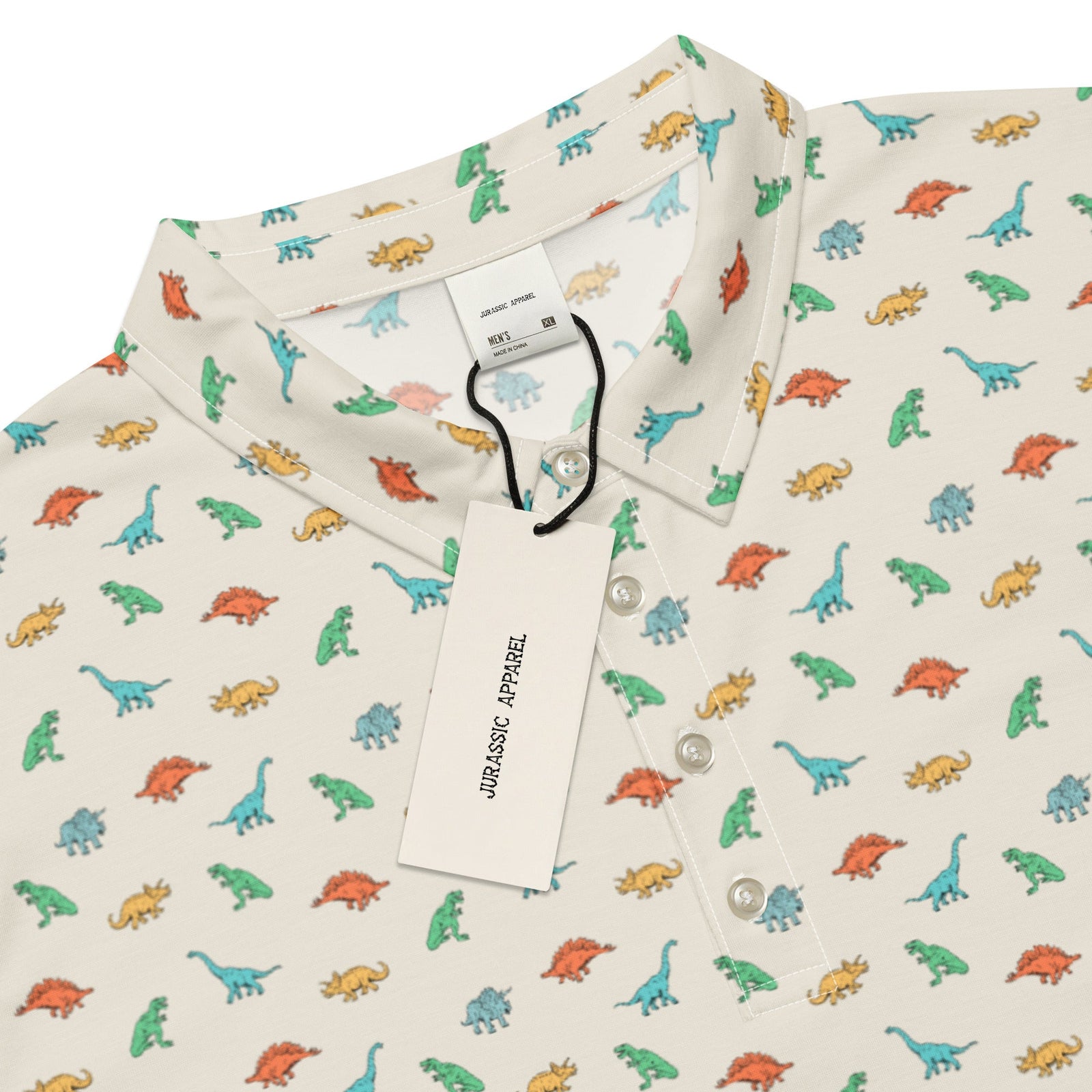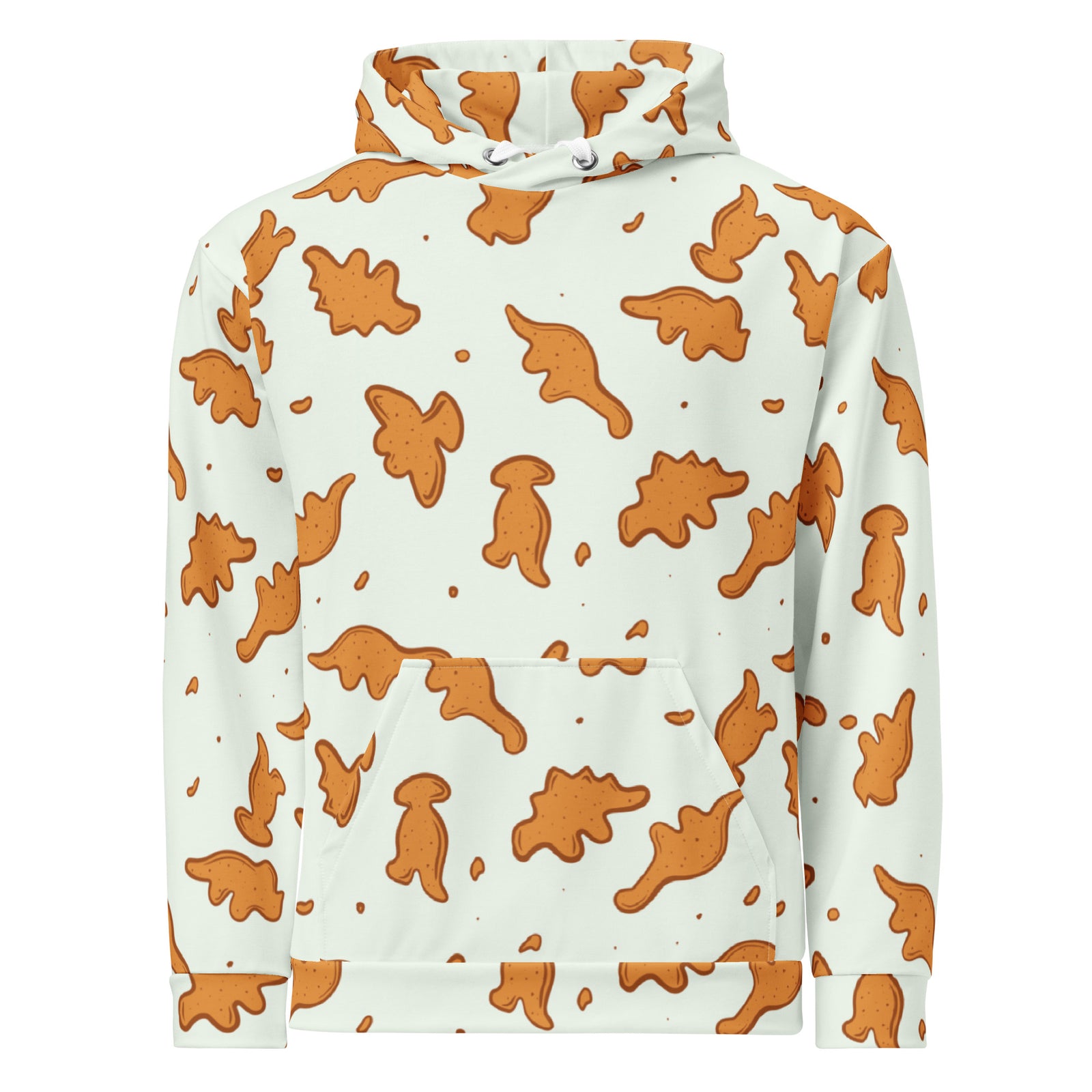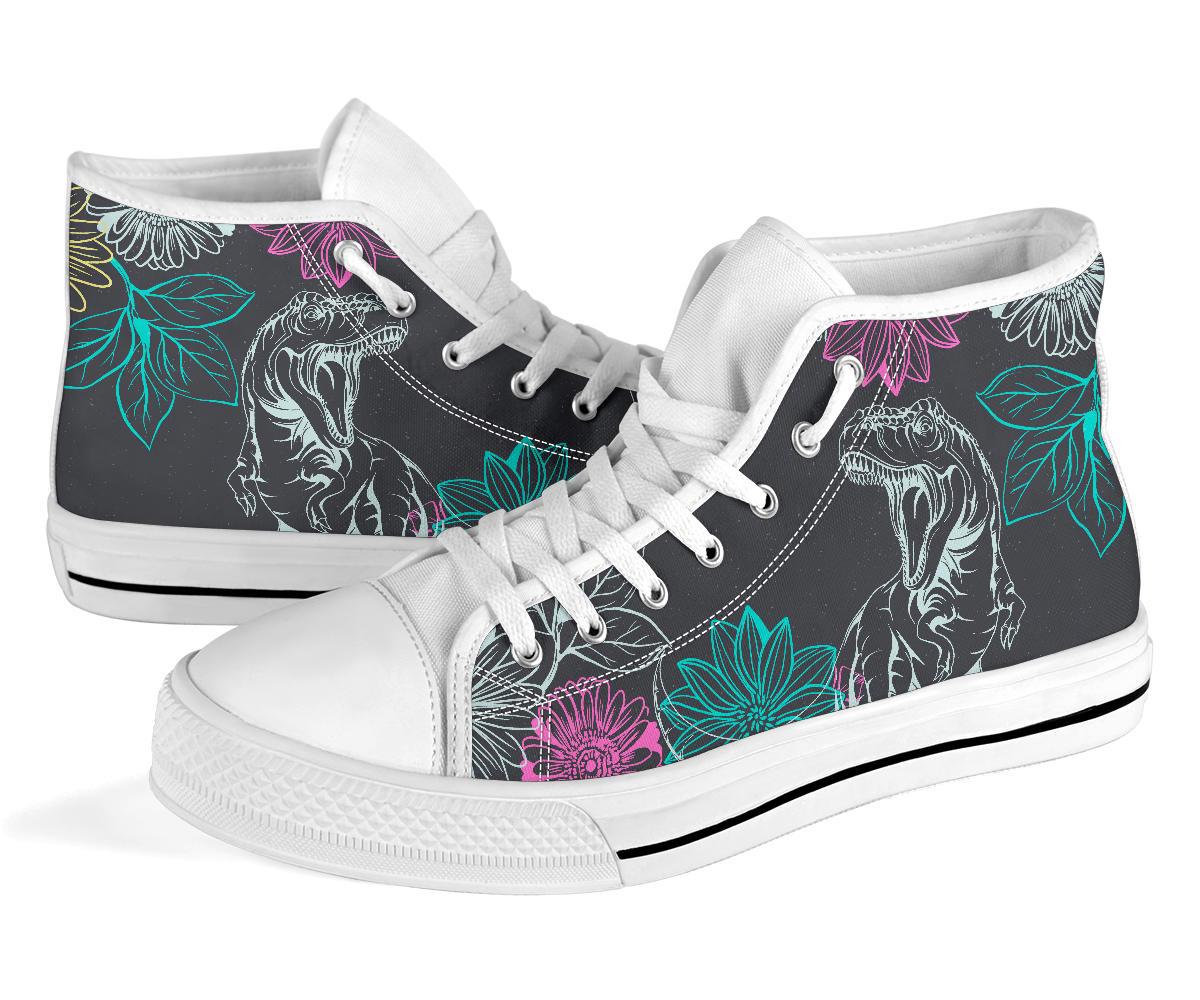Free Shipping On Orders over $75
Free Shipping On Orders over $75
Women's
Men's
Kids
Baby/Toddler
Accessories
Austrosaurus: The Giant Herbivore of the Early Cretaceous
July 25, 2024 2 min read
Austrosaurus: A Glimpse into the Past
Dinosaur Facts:
- Dinosaur Type: Sauropod
- Period: Early Cretaceous
- Diet: Herbivore
- Length: Approximately 15-20 meters
- Height: Up to 5 meters
- Weight: Estimated 15 tons
- Notable Features: Long neck, massive body, and sturdy legs
Austrosaurus for Kids
Meet Austrosaurus! Austrosaurus is one of the dinosaurs that roamed the lush landscapes of what is now Australia during the Early Cretaceous period. With its enormous size, it was likely one of the largest herbivores of its time.
What did Austrosaurus look like? Austrosaurus had a long neck and a long tail, equipped with a massive body that made it similar to its close relatives, like Brachiosaurus and Giraffatitan. Its long neck allowed it to reach high vegetation to feast upon while standing on all fours.
What did Austrosaurus eat? As a herbivore, Austrosaurus primarily fed on leaves, ferns, and other vegetation. Its teeth were well-adapted for stripping and chewing tough plant materials.
In-Depth Look at the Austrosaurus
Anatomy and Physical Features Austrosaurus possessed several remarkable physical characteristics that made it unique among sauropods. Its large, pillar-like legs provided stability and support for its colossal body weight. The lengthy tail not only helped to maintain balance but also possibly served as a communication tool with other Austrosaurus.
Behavior and Habitat Evidence suggests that Austrosaurus lived in herds, which would have offered protection against predators while also providing social structures for feeding and breeding. These dinosaurs favored coastal environments, dense forests, and floodplains, which allowed them to access plentiful plant life.
Scientific Discovery and Research Austrosaurus fossils were first discovered in the 1980s in the Early Cretaceous deposits of Queensland, Australia. Paleontologists have since conducted numerous studies on the fossilized remains, exploring its anatomy, diet, and evolutionary relationships with other sauropods. The American Museum of Natural History has valuable references regarding various dinosaur research.
Social Behavior and Feeding Techniques As an herbivore, Austrosaurus relied heavily on its size and social structure for survival rather than hunting techniques. Their ability to forage on a wide variety of vegetation helped them thrive in their habitat.
Austrosaurus in Popular Culture While Austrosaurus may not be as famous as T. rex or Velociraptor, it has made appearances in documentaries and educational materials focused on dinosaurs from Australia. It serves as a reminder that many fascinating dinosaurs existed beyond the well-known species.
Ongoing Research and Discoveries As paleontological methods and technology continue to advance, discussions regarding the classification and lived experience of Austrosaurus evolve. New findings often lead to revisions in how we understand their behavior and ecological role in the Cretaceous period. For those eager to learn more, Smithsonian Magazine is a great resource for the latest discoveries.
Conclusion Austrosaurus stands as a significant part of the dinosaur lineage, showcasing the incredible diversity present during the Cretaceous period. Its discovery has fostered further interest in dinosaur research and understanding the prehistoric ecosystems of ancient Australia.


